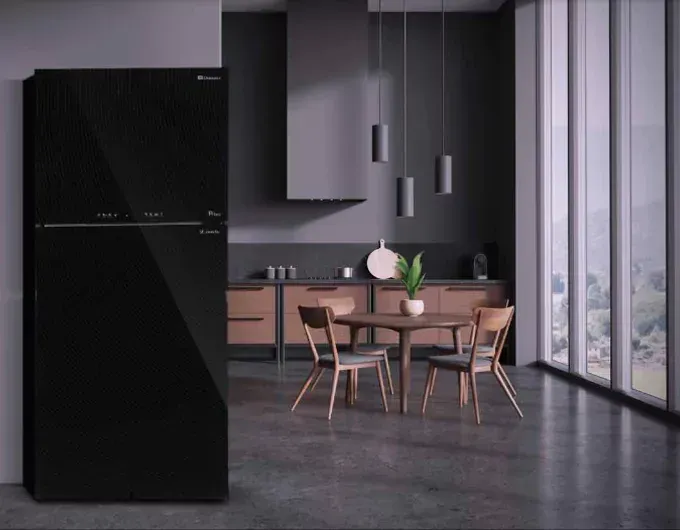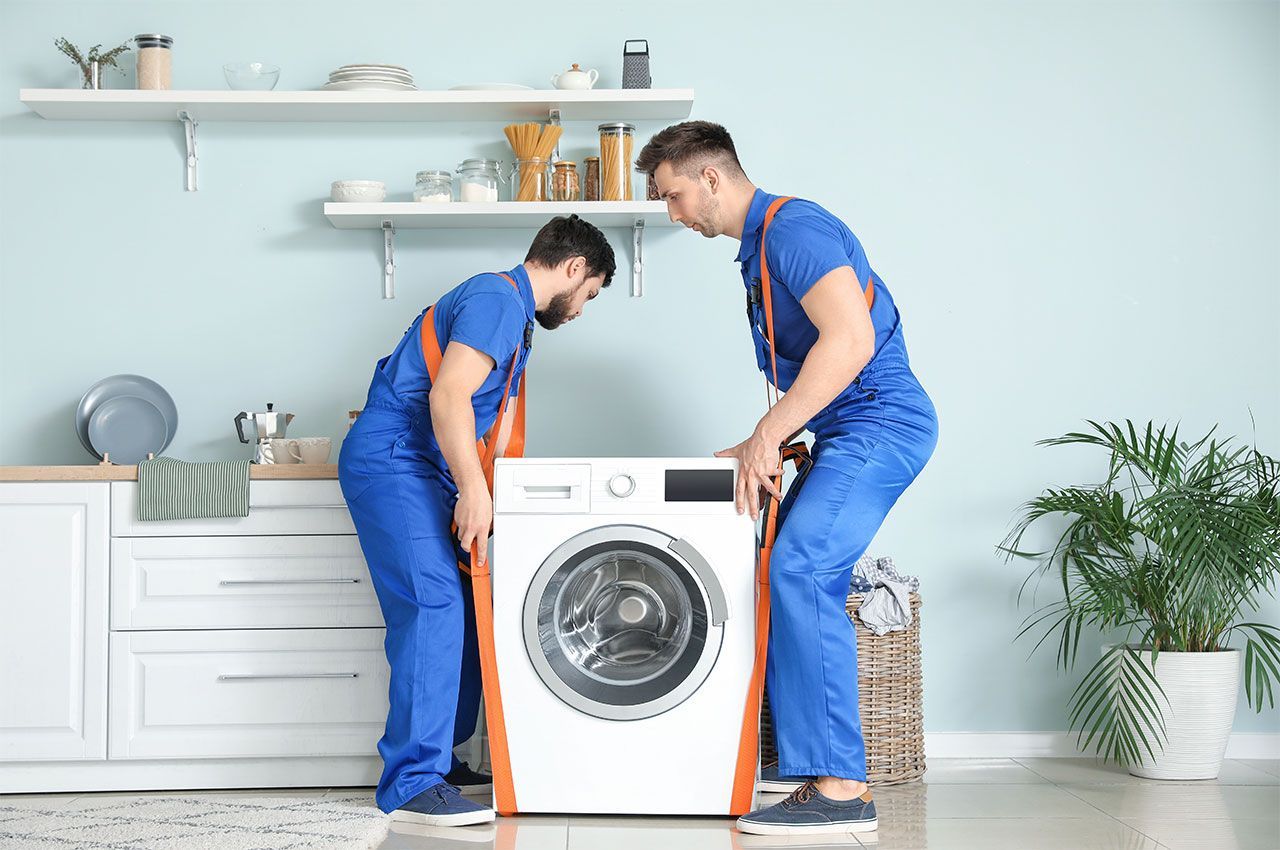10 Common Front-Load Washer Repair Questions Answered
Q1: Why is my front-load washer leaking?
Leaks in a front-load washer can be caused by several issues. Common causes include a clogged drain pump filter, worn-out door seals, damaged or loose hoses, or blockages in the drain hose. To diagnose the leak, unplug the machine and inspect the exterior and interior, particularly the seals, gaskets, hoses, and the drain pump filter. Running a test cycle can help identify when the leak occurs, narrowing down the source. Fixing a leak may involve cleaning or replacing damaged components, like seals or hoses, to prevent future leaks and damage to the
washing machine or surrounding area.
Q2: Why won’t my front-load washer spin?
When a front-load washer fails to spin, it could be due to an unbalanced load, a faulty door switch, or a damaged drive motor. Additionally, issues with the washer’s belt, worn-out drum bearings, or clogged drain filters can affect the spinning mechanism. It’s recommended to check for any error codes displayed on the machine and inspect these components for damage or obstructions before considering a more in-depth repair.
Q3: How do I fix error codes on my front-load washer?
Different brands have specific
error codes to indicate various issues. For example, Samsung washers may display codes like “dc” for an unbalanced load or “nF” for a water supply issue. To fix these errors, refer to the washer's manual or search for the error code and follow the recommended troubleshooting steps. This may involve redistributing the load, cleaning filters, or checking water connections.
Q4: How do I prevent mold in my front-load washer?
To prevent mold growth in a front-load washer, regularly clean the door seal, which can easily trap moisture and detergent residues. After each wash cycle, leave the door open to allow the interior to dry out. Additionally, running a monthly cleaning cycle using a washer cleaner or a solution of vinegar and baking soda helps to prevent mold and odors.
Q5: Can I repair a front-load washer myself, or should I call a professional?
Many minor repairs, such as cleaning a clogged drain pump filter or replacing hoses, can be handled by homeowners. However, complex repairs involving electrical components, the drive motor, or the drum may require professional assistance. If you're unsure about handling specific repairs safely, especially those involving electrical connections, it's best to consult a professional to avoid potential hazards.
Q6: How do I clean and maintain my front-load washer?
Regular
maintenance is key to the longevity of your washer. Clean the drain pump filter every 1-2 months, inspect hoses for wear, and ensure that the drum and seals are free of debris. Running a monthly cleaning cycle and wiping down the door seal are also important steps. By performing these routine tasks, you can prevent clogs, leaks, and unpleasant odors in your front-load washer.
Q7: Why is my front-load washer making loud noises during the spin cycle?
Loud noises during the spin cycle are often due to issues with the drum bearings, a worn-out spider arm, or an object stuck in the drum. The spider arm, which supports the drum, can wear out over time, causing a rattling or banging noise. Additionally, worn drum bearings can create a grinding sound. Checking for loose items, such as coins or buttons, inside the drum and inspecting the spider arm and bearings can help identify the problem. It’s best to address these issues promptly to prevent further damage.
Q8: Why does my front-load washer smell bad?
Bad odors in a front-load washer are commonly caused by mold and mildew growth due to trapped moisture and detergent residue. The rubber door seal is a prime area for these issues. To eliminate odors, regularly clean the
door seal, the detergent drawer, and run a cleaning cycle with a washer cleaner or a mix of vinegar and baking soda. Leaving the door open after each wash helps to prevent moisture buildup, reducing the chances of mold formation.
Q9: What should I do if my front-load washer isn’t draining?
If your washer isn’t draining, it could be due to a clogged drain pump filter, a kinked or blocked drain hose, or a faulty drain pump. To troubleshoot, first, check the drain hose for kinks or obstructions and inspect the drain pump filter for debris. Cleaning these components often resolves drainage problems. If the issue persists, the drain pump may be faulty and might need to be repaired or replaced.
Q10: How do I reset my front-load washer?
Resetting a
front-load washer can often resolve minor issues and error codes. Most washers have a reset button or a specific reset process outlined in the user manual. Typically, unplugging the machine for a few minutes and then plugging it back in can serve as a soft reset. If the problem continues, consult the manual or contact a professional for further assistance.
You might also like
Educational Center
Book a Service Today
We will get back to you as soon as possible
Please try again later
Quick & Reliable
We are available 24/7
About Us
Authorized Appliance is an appliance repair contractor referral service. We connect you with appliance contractor in your area. All contractors are operated independently of Authorized Appliance. It is the responsibility of each user to verify that the contractor connected with meets all licensing and insurance requirements in that jurisdiction.
All Rights Reserved - Authorized Appliance




